Ecommerce SEO for websites can be trickier than for non-e-commerce websites. You need to be smarter with regards to how you apply your ecommerce SEO (Search Engine Optimisation), and you have to remember that there is a lot of competition out there and most of them have a far larger budget than you.
You must remember that user experience and Google search engine ranking goes hand-in-hand. Google used to want a useful website, but now they want a useful website that offers an efficient service and a great user experience.
Help Me “Do” SEO
There are over 200 indicators that Google uses to rank up your website. You should familiarise yourself with their most explicit rules. These are the rules that determine what is white-hat and what is black or grey-hat SEO. Black or grey SEO involve techniques that attempt to manipulate the Google search engine into ranking your website higher. White-hat SEO is any technique used that enhances your website’s search engine friendliness.
Remember with ecommerce SEO you should concentrate on the user, usability, user experience, efficiency, compatibility and user interface. Google will rank you because you are putting your viewer/user first, and Google wants to fill its search engine results with websites that put the user first.
- Do Not Copy Your Manufacturer Specifications
Some people still copy and paste the product specifications from their manufacturers’ websites and literature onto their website. This may be suitable for things such as ingredients and technical details, but it does you no favours when describing your products.
Ideally, you should write a description for each of your products, and each should be original, correct and useful (with an emphasis on useful). It is possible to copy and paste the content from your manufacturers’ websites, but you will have to ensure the search engines do not index the text or you will be penalised for duplicate content.
Some will avoid duplication by using bots to stop the search engines indexing certain parts of the page, or they may insert instructions to stop the entire page from being indexed. Either way, it does you no favours when it comes to SEO.
If you write your own product descriptions, then firstly you add a bit of usable content onto your page. Secondly, all the descriptions are going to add up to make a lot of written content about your products. This gives your website more authority than the e-commerce websites that have simply listed items and have very little text on the matter.
- Add Reviews and User Comments to Each Product Page
You may have a little trouble filling your product pages. It may be that you have too many products and not enough time to write detailed descriptions and product pages. It may be that your products are very similar and it is difficult not to repeat yourself, or it may be that your products have very little you can say about them.
If you add user reviews and comments at the bottom of the page, then it gives you a little extra content that is useful to the consumer whilst also being original. You can write your own reviews and comments under fake names and post them, but if you encourage your consumers to comment or review your products, then it buys you free content that is useful (which Google likes) and that is original (which Google also likes).
You can encourage people to comment and review via email newsletters. Offer them things such as discount and rewards if they leave comments and reviews. This helps you build further sales and buys you a little content at the same time. If you offer rewards for sharing on Google+, then that too will help improve your Google search engine ranking.
- Concentrate On Parent Product Categories
Your e-commerce website may not hold the types of products that allow you to post extensive pieces of content about, or that users do not want to review. It may be that your products are too numerous or too simple to post large chunks of text about them on your website. If that is the case, then concentrate your text on the parent categories.
For example, if you are selling different types of wood nails, you can hardly write large chunks of search engine friendly content on each, so you concentrate your written and linking efforts on the parent category for ecommerce SEO purposes.
You could post about the manufacture of the nails, which are used for what and how they are used. You could write about how your competitors nails do not hold up against yours, and you can even drop a few names of other companies that use your nails.
As a side note, if you have a lot of products that are very similar, but differ in colour, shape or size, then you do not have to create pages for each one. Here is a video that may help you show product variations in a search engine friendly way.
- Break Product Descriptions into Usable Sections
This is what Amazon does. They start with the price and a few bullet point facts. They then have a short snippet of information that usually blurbs the product in some way. It then gives product details, a longer product description and then user reviews. All of this information is crammed onto one page for each item.
- Keep Your Search Bar at the Top of the Page
People expect a search bar at the top of your page. If it is not at the top, then people will simply assume you do not have a search bar. If you put it on the side or further down the page, then people will not look for it. They will assume you do not have one, which may affect their user experience.
On an e-commerce website, your search bar should be omnipresent. Having a fishbone and trackable navigation system is good, as is having your categories listed at the top of the page or down the side. However, these days, people expect a highly responsive search bar that accommodates misspelling and offers suggestions as the Google search engine does.
- Social Media Is One of the 200 Google Indicators
Your e-commerce does need a little social media support if you want to rank it up through the search engine results, but you do not need to run an aggressive campaign. For example, if you were to take the advice on this article and have users write reviews and give comments, then why not have them share their comments on Google+, Facebook or Twitter? You could offer them extra incentives for sharing.
You also need a Google+ page and Facebook fan page that you upload to at least weekly. Put up some useful content such as user instructions, how to get more out of your products, and discount codes. Once again, you do not need an aggressive or intensive social media campaign. You just need a consistent campaign that stretches over a number of months and years. A few reviews and shares per month is fine, and even more is better.
- How Do I Copy Sales Information Onto Other Pages?
As an ecommerce website, there are going to be numerous occasions where you have to put things on sale on your website. In such cases, you will most likely want sale information on your homepage and spread across other pages on your website. Does this mean that you have to write original content for the sale on your homepage and original content for the other pages across your website? Will you be affected if you just copy and paste information from your product description page?
The answer is no, and yes. No, you do not have to write original content for each sale you have, and yes, if you copy and paste content from one part of your website to another then Google will consider it duplicate content.
Copy and paste information for sales and such by using canonical URL’s. These are used as signals to Google to say, “Yes, I know I have duplicated this, but I am not trying to manipulate your search engine.” Google will then ignore the duplicate content on your website with the understanding that it has been duplicated for a useful reason.
Canonical links say to Google, “Ignores this piece of duplicate text, and rank up the original piece of text.” The canonical link points to the original piece of text. Follow this link to the Google Webmaster Tools to see how you may use canonical links for different situations.
- Optimise Your Images for E-commerce SEO
The Google Chrome web browser times the websites it loads to see how long it takes them to completely load. It starts with the second it renders to the moment every element on the page has loaded. Images can be rather heavy and ergo take longer to load. It is up to you to ensure your images are high quality but lightweight and easy to load.
When you load your images onto your server, have a search engine friendly title for them. Do not just number them or give them a code. Add in your alt tags and Meta data to ensure they are as search engine friendly as possible. Now consider optimising them. This may include switching from heavy file formats such as BMP to JPEG or PNG. Bitmap (BMP) is a great file type for altering and fixing your images, but is heavy and unsuitable for placing on your website, so convert it to a lightweight file type.
There are numerous free and paid tools you can use. This list of image optimisation tools may help you find the one most suitable for you. One of the more cleverly designed image optimisation tools is called Kraken.io.
Image optimisers will sometimes help you with ecommerce SEO elements such as Meta tags and keywords, but the primary aim of your optimiser should be to lower the weight of your images without damaging the quality of the image.
There are some that will also help you lower the size of your images, as this too will help lower the weight of the image. You should use image optimisation tools to compress, shrink or enlarge your images because they help to lower the most noticeable drops in image quality.
Also, you should remember that you do not have to post the larger image on your web page. You can post a smaller image and have a larger image spawn either when the image is clicked, or when the mouse pointer scrolls over the image (as seen on eBay).
- Use Google Webmaster Tools and Google Analytics
They are free tools and they will tell you if there are problems with your website. They will tell you if you have a set of pages that are un-indexed, or if your top pages are underperforming. Most importantly, they will also show you if there are any problems with your website that need immediate attention.
For example, if you set up a new backlinking campaign and a lot of links appear spammy, then your Google Webmaster Tools account will send you an email telling you there is a problem. If you upload a new page and Google notices that some mobile users cannot user it, Google will send you a notification from your Google Webmaster Tools account and will post a notification to remind you will you log into your account again.
Conclusion
The first thing you have to remember when doing any form of SEO is that Google sets the standard and Google is in charge. The other search engines fall into line with whatever Google says because they know 99% of the webmasters out there are going to follow Google’s guidelines.
The second thing you have to remember if you want to work via a long-term SEO strategy is Google’s motto, which is “Do no evil.” They have expressed this by focusing on the viewer at all times. If your website makes the viewer’s user experience easier, more efficient, more fun, and more productive, then Google will not drop you from its search engine index. Put the viewer before your search engine ranking, before your marketing and before your brand. Concentrate on the user, and you will stay on the good side of Google. The SEO rules may change, but Google’s approach to the viewer will not.

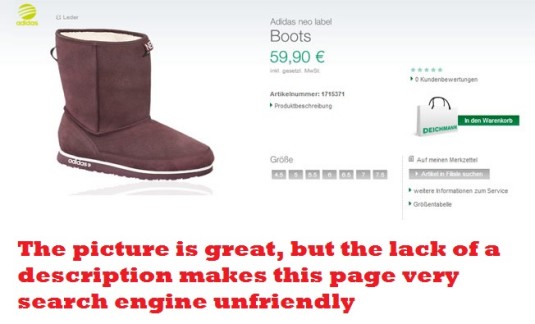
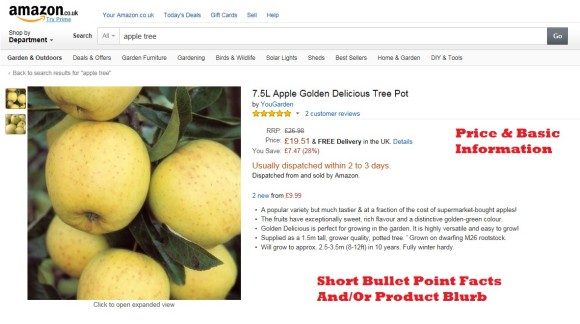
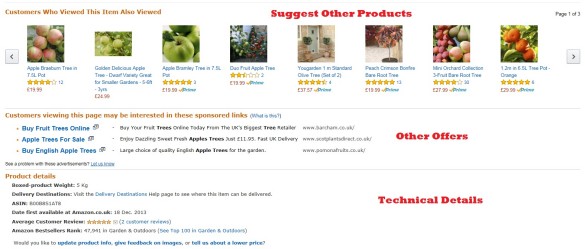
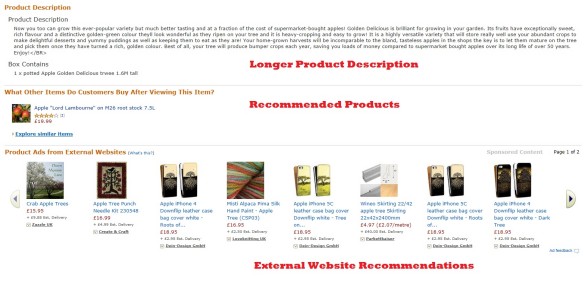
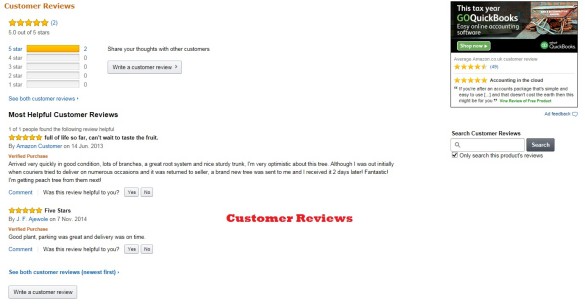
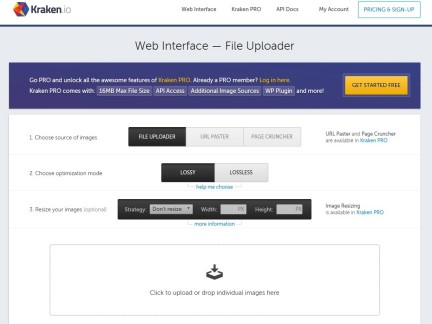

 (
( (
(
 Like us on Facebook
Like us on Facebook
 Follow us on Twitter
Follow us on Twitter
 Connect on LinkedIn
Connect on LinkedIn